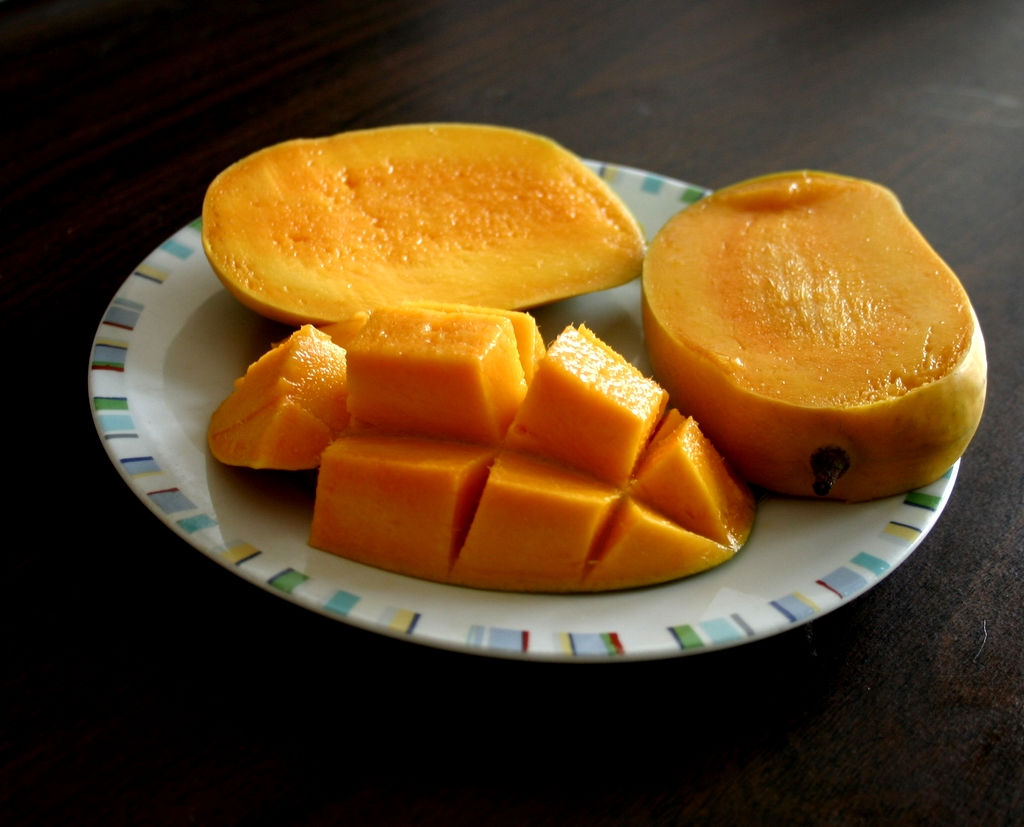Export blow for Indian mangoes: documentation error lead to rejections at US ports

At least 15 mango consignments from India were reportedly rejected at major US entry points, including Los Angeles and Atlanta, due to paperwork discrepancies, particularly in the PPQ203 form, as per reports.
Despite undergoing the mandatory irradiation process at a USDA-approved facility in Navi Mumbai, exporters were given the choice to either destroy the fruit or bear re-export costs—most chose disposal, noted the reports.
Exporters later blamed the Maharashtra-run facility for documentation errors, not pest issues. As per reports, exporters believed that mangoes should not have been shipped if there were issues in documentation.
Reportedly, losses may exceed $5,00,000. APEDA (Agricultural and Processed Food Products Export Development Authority) reportedly acknowledged the issue but directed queries to MSAMB (Maharashtra State Agricultural Marketing Board), which has yet to respond.
India is the world’s largest mango producer, and Gujarat plays a key role in this dominance. With exports of the famed Kesar mango reaching 689.5 metric tonnes in 2023-24.
The GI-tagged Kesar mango is among India’s most sought-after fruit varieties in both domestic and international markets. Mango cultivation in Gujarat dates back centuries, but it was in 1931 that the Kesar mango was first introduced in Junagadh’s Gir region.
The variety got its name from the saffron-like colour of its pulp, with the then Nawab of Junagadh famously declaring it “Kesar” (saffron) for its deep orange hue. Today, Gujarat has over 1,77,514 hectares of mango orchards, spread across districts like Valsad, Navsari, Gir-Somnath, Surat, and Kachchh.
The state produced 1.08 million metric tonnes of mangoes in 2024, showing a steady rise from 9,60,000 metric tonnes in 2023, according to the Horticulture Department of Gujarat. Experts say Gujarat’s climate and soil composition play a crucial role in shaping the quality of its mangoes.
The state’s sandy loam and black cotton soil, coupled with hot, dry summers and moderate rainfall, create the ideal conditions for mango trees. Unlike the Alphonso mango, which thrives in coastal regions, the Kesar mango’s resilience to arid conditions makes it uniquely suited to Gujarat’s environment.
In 2021, the mango industry in the state generated over ₹17 billion in revenue, with continued growth in both production and exports. Despite challenges such as climate fluctuations and pest attacks, mango farmers in Gujarat have adapted by using advanced farming techniques like drip irrigation, organic composting, and grafting methods to improve yield and quality.
In the past five years, Gujarat has exported over 2,500 metric tonnes of mangoes, with the UK, US, and Canada being the top destinations. To meet international quality standards, the Gujarat Agro Radiation Processing Facility in Bavla, Ahmedabad, ensures that exported mangoes undergo proper treatment.
The facility has irradiated and certified over 210 metric tonnes of Kesar mangoes in the last two years, allowing smooth shipments to countries with strict import regulations.
While Gujarat’s mango industry is thriving, it faces challenges like climate change, erratic monsoons, and market fluctuations. The state government is working on initiatives such as subsidized irrigation, improved logistics, and scientific research to enhance mango production.
Additionally, collaborations with the Indian Council of Agricultural Research (ICAR) and Gujarat Agricultural Universities aim to introduce disease-resistant and climate-adaptive mango varieties. With increasing global demand and a legacy rooted in history, Kesar mangoes from Gujarat continue to be a golden fruit – both in taste and economic value.
(with inputs from syndicated feed)

